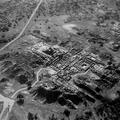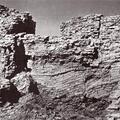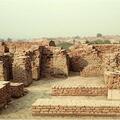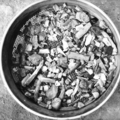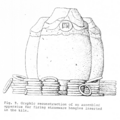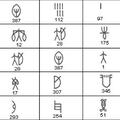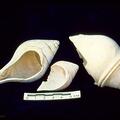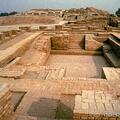Towards a Geo-Archaeology of Craft at Moenjo-daro
This paper studies the formation of craft activity areas in Mohenjodaro. Since 1981, one of the key lines of research carried out by German and Italian archaeologists at Moenjodaro has been the surface evaluation of the craft activity areas of the archaeological complex.

